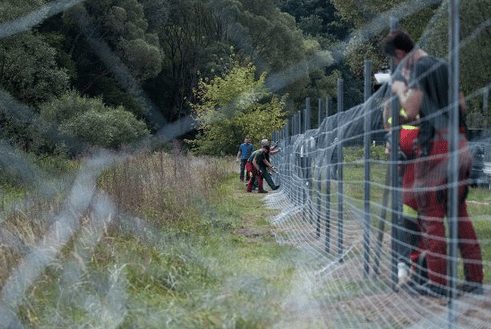Source: Kees van Dooren, Pig Progress, 6 November 2020, photo credit: ANP/ EPA/ Hayoung Jeon/Pig Progress
African Swine Fever has been found in Germany’s wild boar population since mid-September. Fighting the virus is mostly up to state and regional authorities. Neither farmers nor hunters are entirely convinced the right approach has been taken.
A lot of overtime – that is certain to be in the future of employees of Brandenburg state’s ministry for Social Affairs, Public Health, Integration and Consumer Protection (in German abbreviated to MSGIV). This ministry is responsible for fighting the African Swine Fever (ASF) virus problems in its wild boar population. The German state of Brandenburg – home to 2,300 pig farms – is directly adjacent to Poland, where the virus has been circulating since 2014. Since mid-September, ASF has also been detected in Germany.
The main aim at the moment is to make sure the virus stays within the restricted area where it has currently been detected, although that is getting more difficult by the developments of the recent week. Early November, 4 core zones had been established, of which 2 were established in the district Oder-Spree (one of them extending into Spree-Neisse district too).
A 3rd was established 60 km to the north in the district Märkisch-Oderland and a 4th in the south in Görlitz, Saxony state, where 1 infected animal got shot. In total, 128 known cases have been found now. The primary focus is on keeping things under control – the next step will be eradication of the virus.
Read more
The South African Pork Producers’ Organisation (SAPPO) coordinates industry interventions and collaboratively manages risks in the value chain to enable the sustainability and profitability of pork producers in South Africa.
















